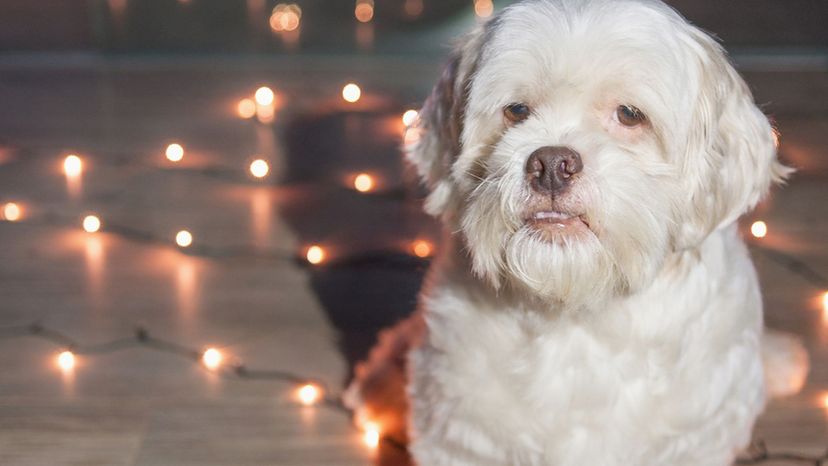
About This Quiz
Can you tell the difference between a German shepherd and a Doberman, or a poodle and a bulldog with just one glance? Think you can identify a rottweiler or a beagle from a single image? If so, take our quiz to prove your dog breed IQ!
Dogs are loyal companions, but have you ever wondered how they came to be man's best friend? Somewhere between 10,000 and 30,000 years ago, hunter-gatherers and gray wolves began hanging out together. Scientists aren't sure whether humans made an effort to tame the canines, or the wolves simply hung around the humans for food and protection, but eventually, the two species became close friends.
Over time, the gray wolf found itself changing to better adapt to life with humans, and the domestic dog was born. Humans eventually began to breed the animals, looking to build upon innate traits like hunting, protection or herding. Soon, humans put this breeding technique to work to create dogs that were cuter than average, came with desirable physical features, or could fit into a teacup or purse. This selective breeding has resulted in hundreds of different dog breeds -- all of whom can trace their lineage back to the gray wolf.
See if you can identify dog breeds from a picture with this quiz!

With a high incidence of hip dysplasia in the breed, choosing a St. Bernard is a real commitment. A crippled Saint is often a dead Saint because of the weight causing pain on the joints. The dog is unable to walk normally, and owners simply can't carry him.
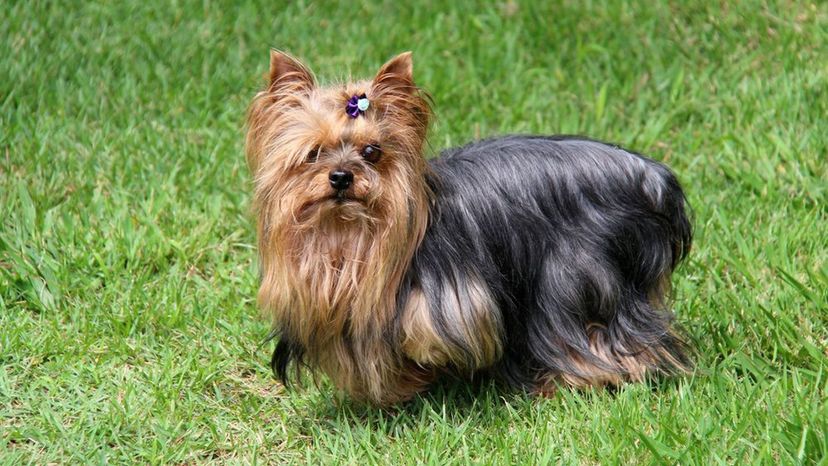
Yorkies are highly trainable and do quite well in obedience. They're a treat to watch in the ring, taking 50 steps to every one taken by the handler.
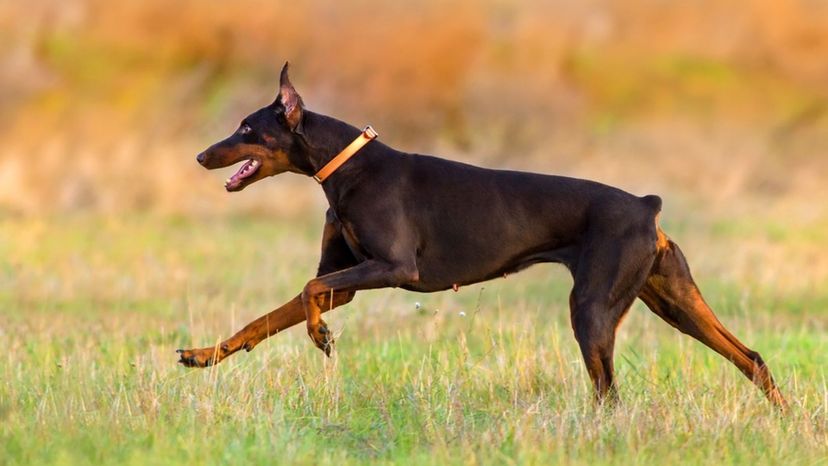
A Doberman Pinscher is totally fearless and will take on a foe of any size. Yet he'll back off at a single command, alertly watching every move. This breed often adopts an extended family under its wing - orphaned kittens, other pets, and neighbors.
Advertisement
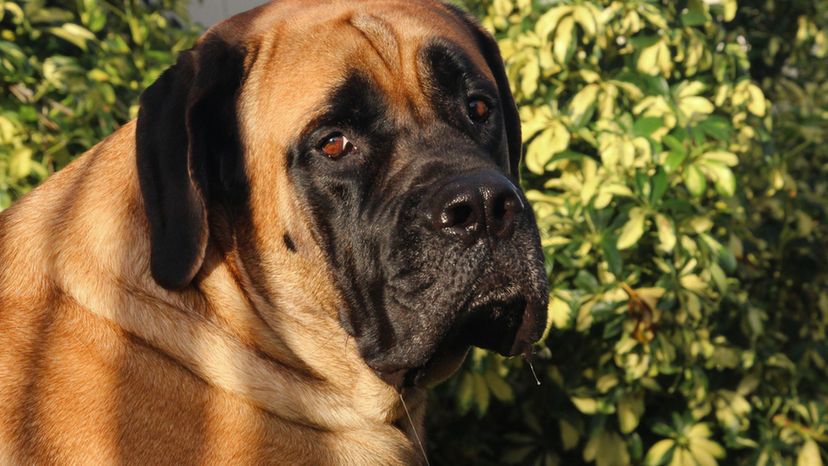
Mastiffs can be amazingly competent and obedient workers. They're sensitive to body language and often seem to read their owners' minds. Well-behaved Mastiffs thrill and awe patients as therapy dogs, and trained Mastiffs provide good companions for the elderly.
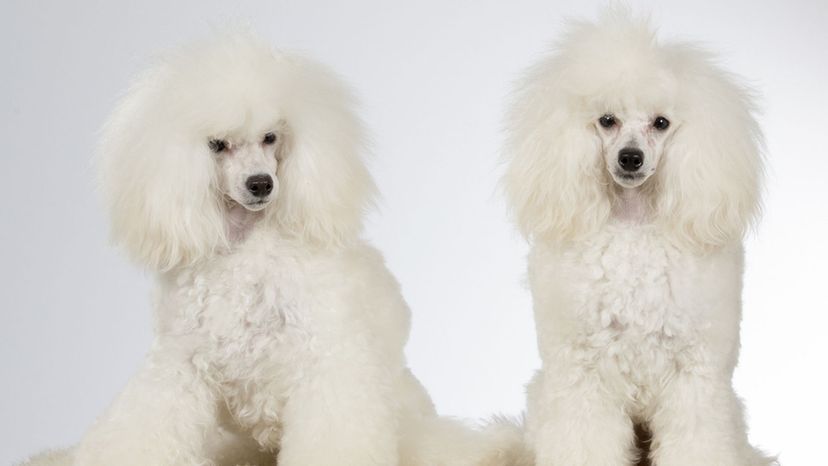
Poodles are extremely affectionate and intelligent. With their small size, they usually stay away from roughhousing with other dogs and their owner. They require lots of attention and professional grooming.
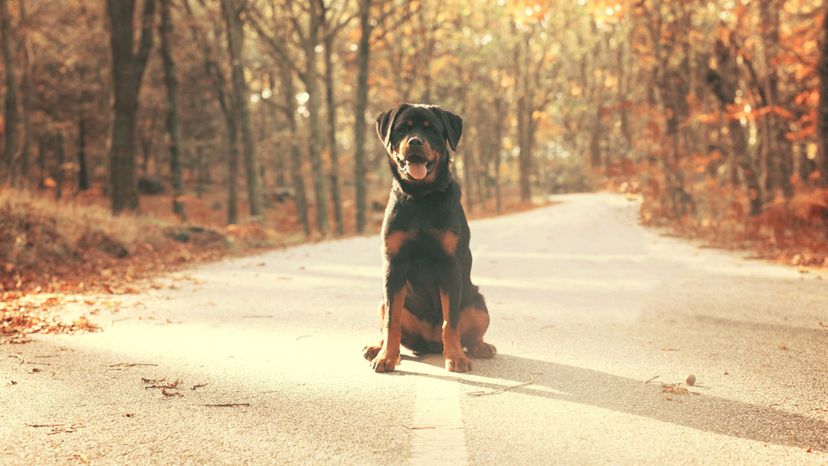
The Rottweiler is a highly muscled, powerful animal, once bred to haul loads and to guard and drive livestock to market. Calm and confident, the breed's courage is legendary.
Advertisement
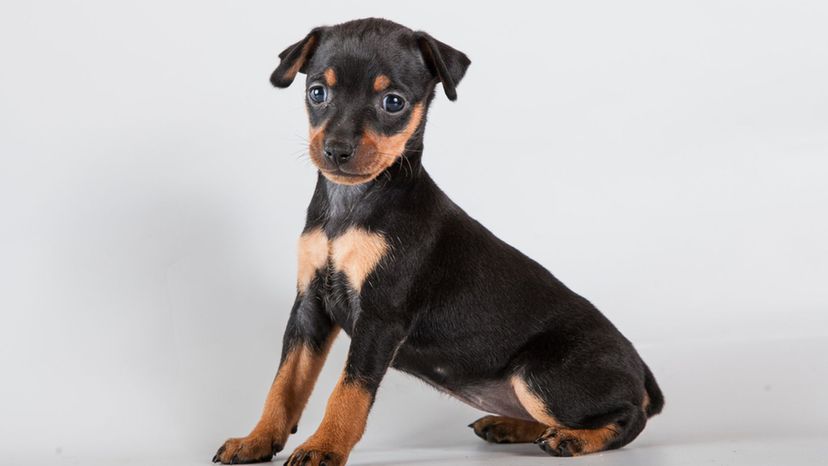
The Miniature Pinscher is compared to a toddler, always busy and into things that can be harmful. This little dog can squeeze through a tiny opening in a flash!
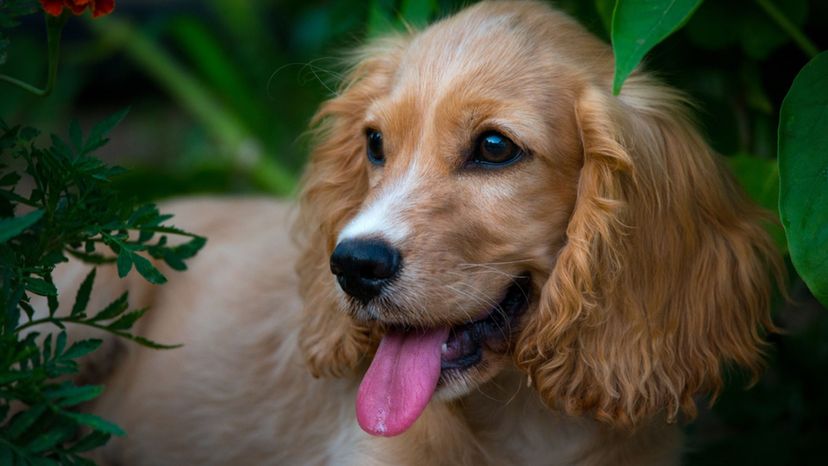
Overall, English Cocker Spaniels are a sturdy breed, healthy and resilient. They always greet their owners with delight and abandon, whether they've been gone ten minutes or ten hours.
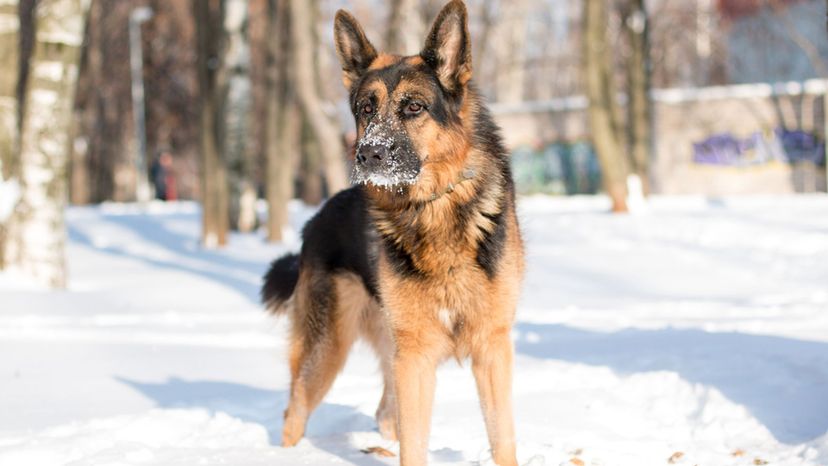
Because of the breed's intelligence, nobility, and versatility in various fields of service, the German Shepherd maintains a high position on the most-wanted list. The breed has continued as one of the more popular, longer than any other breed.
Advertisement
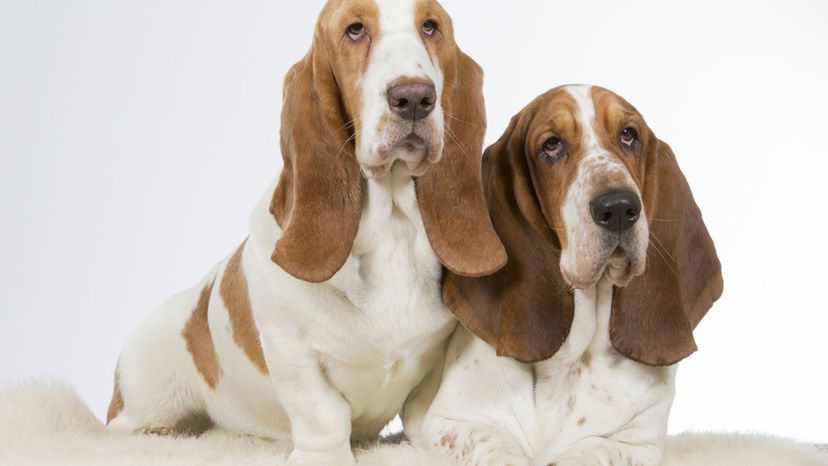
Basset Hounds have big feet, trailing ears, and low-slung undersides that pick up dirt and carry it with them. They'll also take a drink and slobber it across the floor. Ears need to be cleaned frequently to avoid infections and eliminate odor.
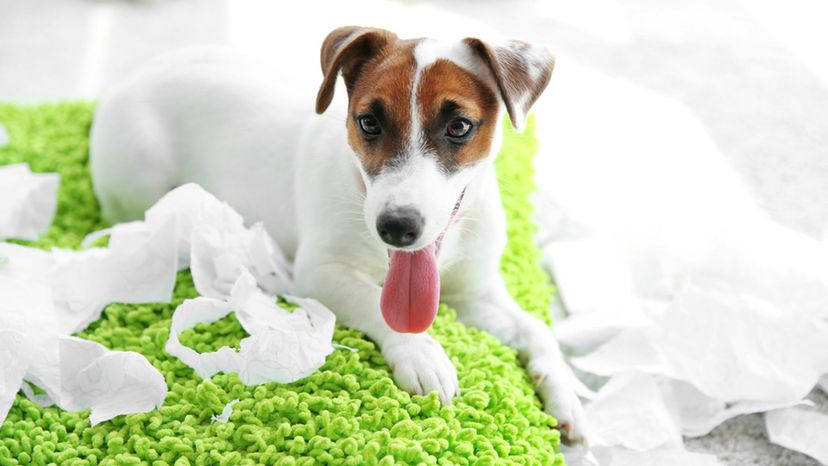
The Jack Russell Terrier is active, inquisitive, and cheerful, an irresistible attraction for children. The breed is also assertive, however, and won't tolerate the poking and prodding of an equally active and inquisitive toddler.
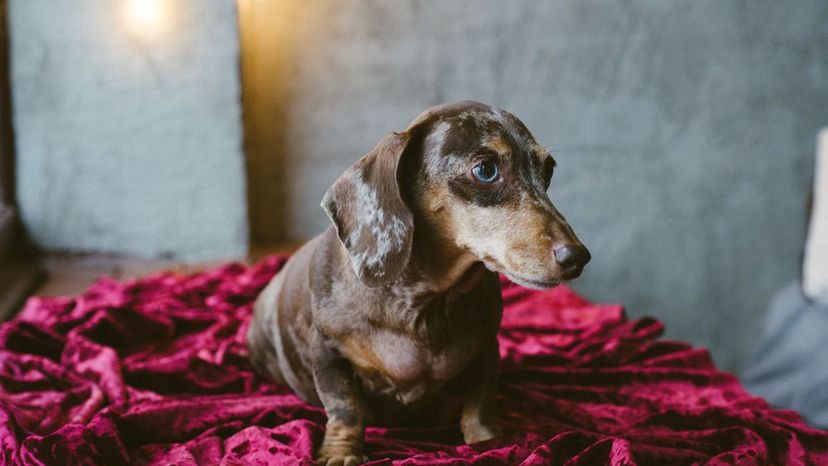
Despite their height, Dachshunds are not wimpy pushovers. They're busy little dogs, inquisitive and active, and, toddler-like, they love to help with household chores. The Dachsie is brave and confident.
Advertisement
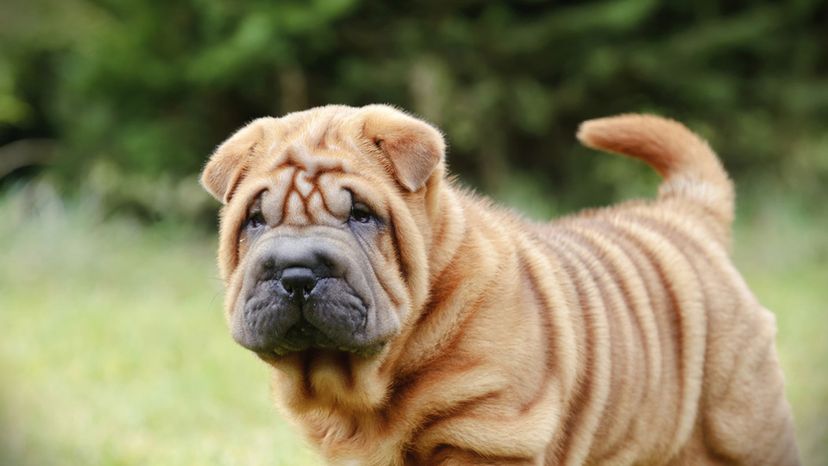
Some Shar-Pei pups require "tacking" of the wrinkles around the eyes (a couple of temporary stitches to hold the wrinkles in place) until they grow into their skin.

Pit Bulls do everything full throttle: play, work, attack. They don't like hot, humid weather. Their powerful jaws tear through through a vinyl toy to kill the squeakie in no time.
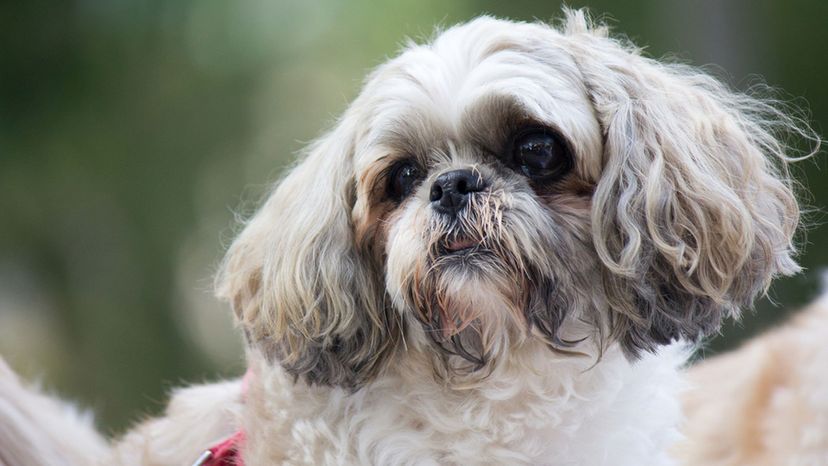
Although Shih Tzus are non-aggressive, they're rarely submissive. They can show stubborn traits, particularly when asked to do something that isn't their idea of a good time. Positive reward training promises the best success.
Advertisement
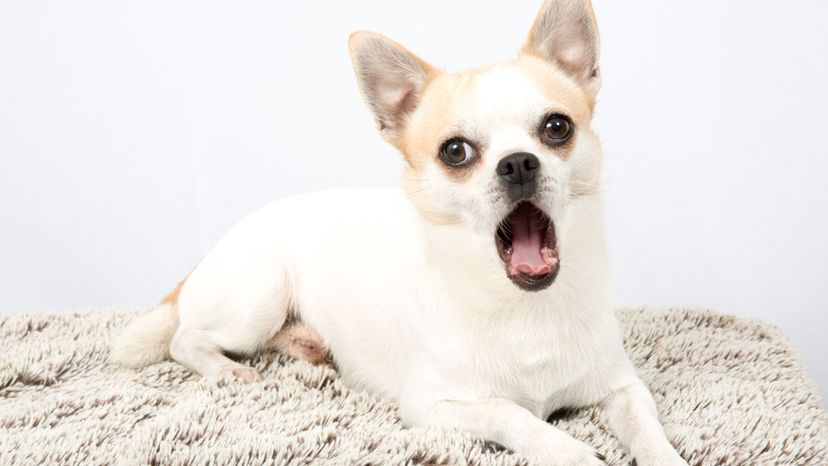
Chihuahuas often are saucy and described as terrier-like. They're active and playful, scrambling on furniture and bouncing on cushions. Bold and inquisitive, they can find themselves in trouble if left on their own.
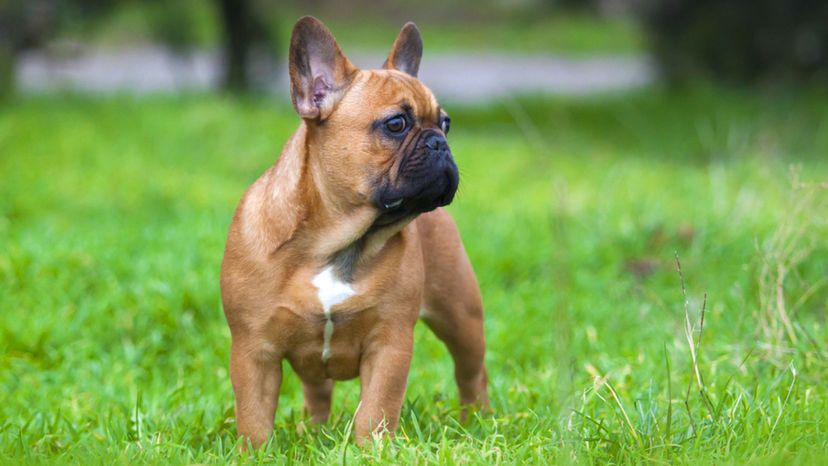
French Bulldogs are expensive to breed because of difficulties experienced while whelping. Although their purchase price is higher than some more common breeds, Frenchie enthusiasts believe they're worth every penny.

The Old English Sheepdog looks like a big, lovable, shaggy clown. OES coat care involves six to eight hours per week!
Advertisement

Food was scarce in the Arctic, and the Alaskan Malamute hasn't yet realized that he doesn't have to protect or steal his dinner. Anything edible left within paw's reach is fair game. Owners need to feed dogs separately to avoid confrontations.
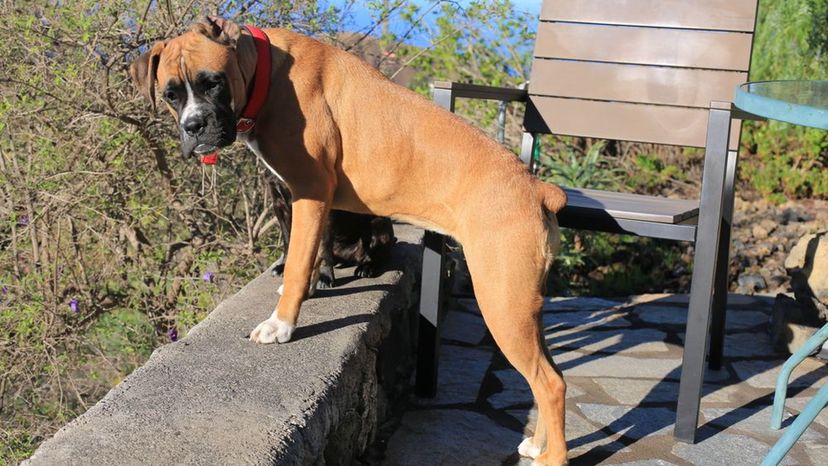
Boxers are clean and will even lick themselves like cats. The drooling that is so common with short-faced dogs has been considerably decreased in the Boxer.
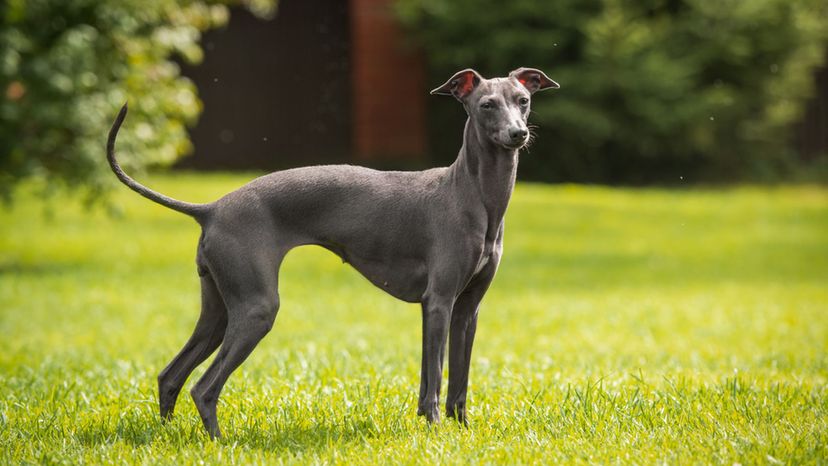
Despite their legendary swiftness, Greyhounds love to be couch potatoes and prefer soft bedding to hard floor or cement. They typically live 9 to 14 years.
Advertisement

In the 1930s, Bulldogs were taken to heart. This breed personified the courage and determination of the United States Marine Corps and was a favorite of our English allies. Some admirers even joked that Prime Minister Churchill looked a bit like a Bulldog, thus the trendy bully name of Winston.

Great Danes normally are friendly. But when a pet grows to be as big or bigger (and stronger) than the owner, any act of aggression may prove to be dangerous. Owners need to establish leadership from the time the puppy comes home.
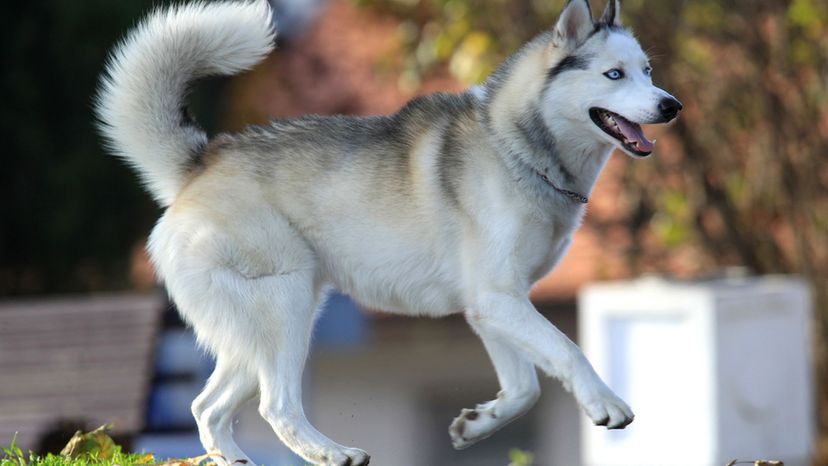
The Siberian Husky is a social creature. Whether it's people or dogs, the Siberian wants to be part of a pack and interact. They can live outdoors, but need another dog for a companion and enjoy a romp with their human family.
Advertisement
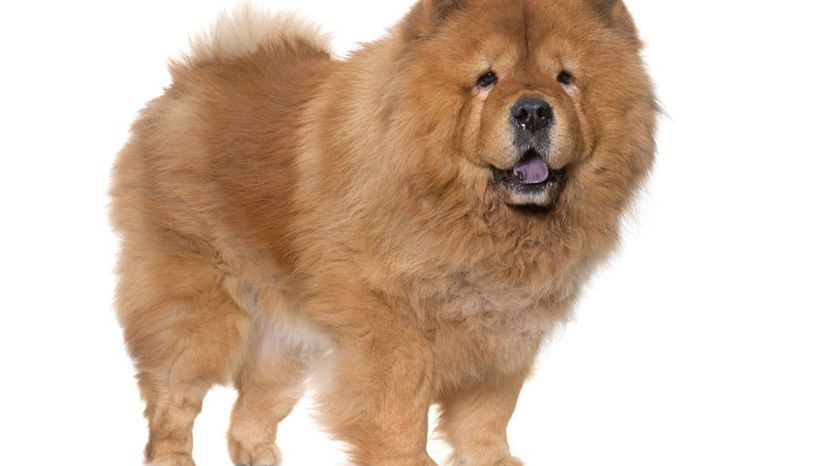
Chows used to be hunters, but they're usually chosen only for companion purposes today. Because they're independent and reserved, Chows are good choices for people who like feline attributes. They're quiet, independent, not clingy or hyper, and perfectly willing to take a nap while the owner is busy.
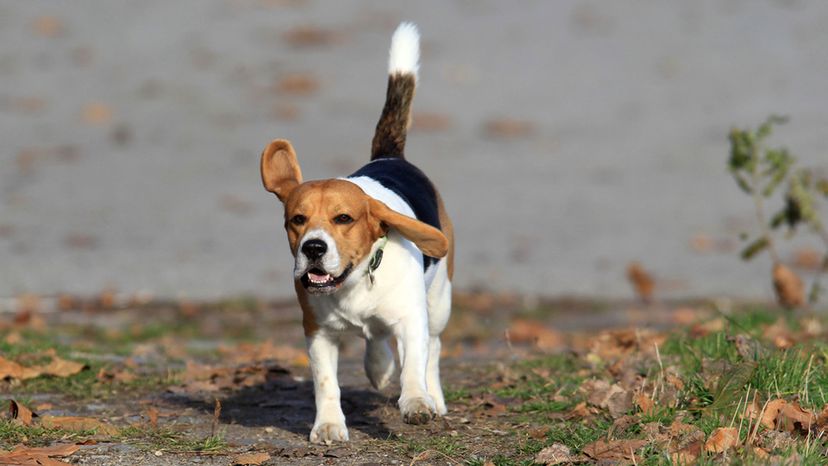
Beagles love other dogs and do well with other household pets. Sometimes raised in packs, Beagles are social creatures, easygoing, and hardy despite their size.
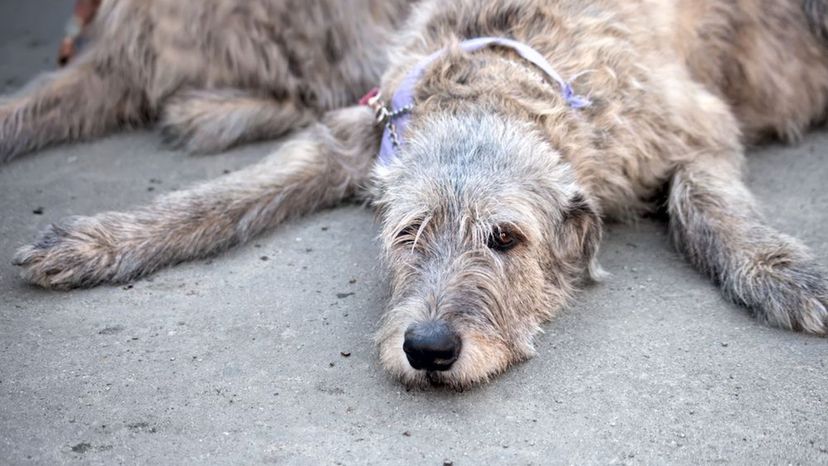
Irish Wolfhounds have a heart as big as their body. They are the tallest of all dogs, which unfortunately means a short lifespan. They are fairly easygoing and low-key.
Advertisement

Border Collies are one of the recognized stars in competitive obedience. Swift, agile, and dependable, they catch on quickly.
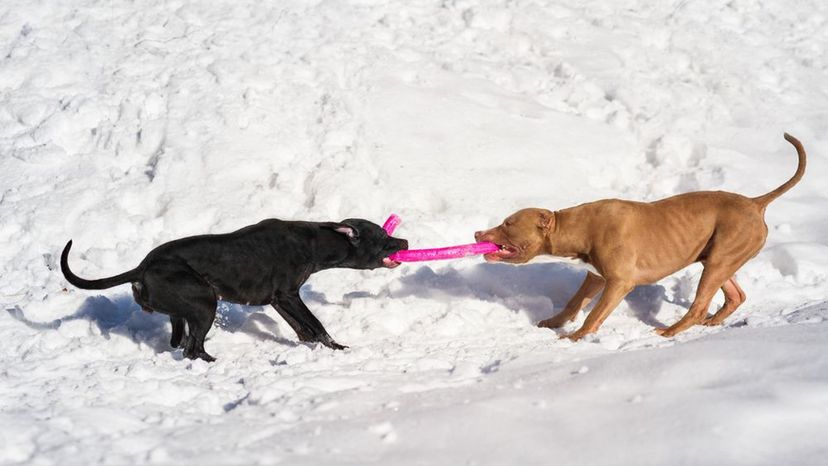
American Pit Bull Terriers have a high defense instinct, so screaming or physical punishments have a negative effect. They have minds of their own!
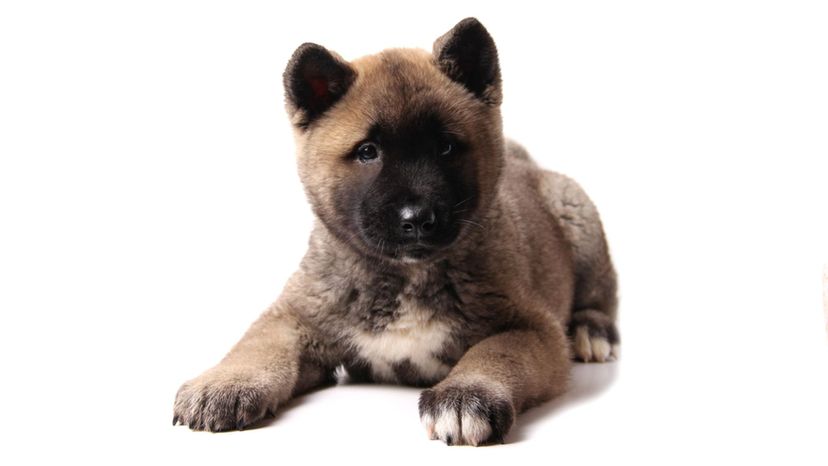
Akitas are incredibly devoted dogs. During the 1940s, a statue was erected to an Akita in the Shibuya train station in Tokyo. The inscription reads "Chuken Hachi-Ko," meaning "loyal dog Hachi." For many years after his master had died, Hachi still went to the station every evening to watch for him.
Advertisement
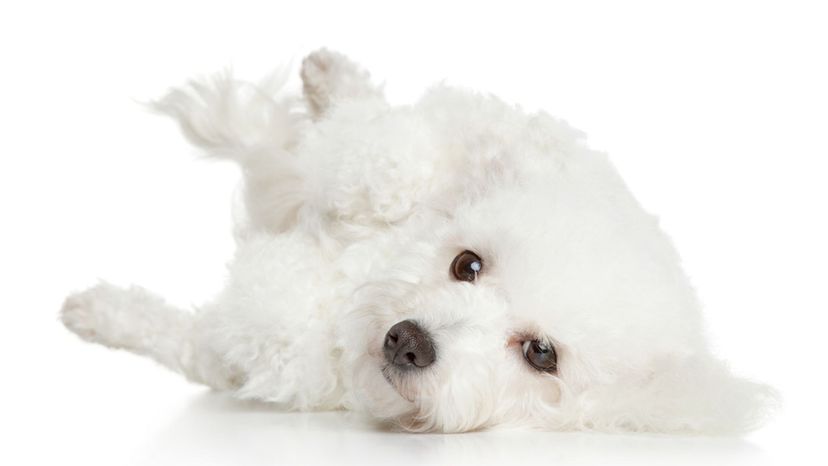
Bichons are real people dogs. They enjoy being worked in obedience or performing tricks and showing off whenever they're asked. They're eager to please and crave attention.
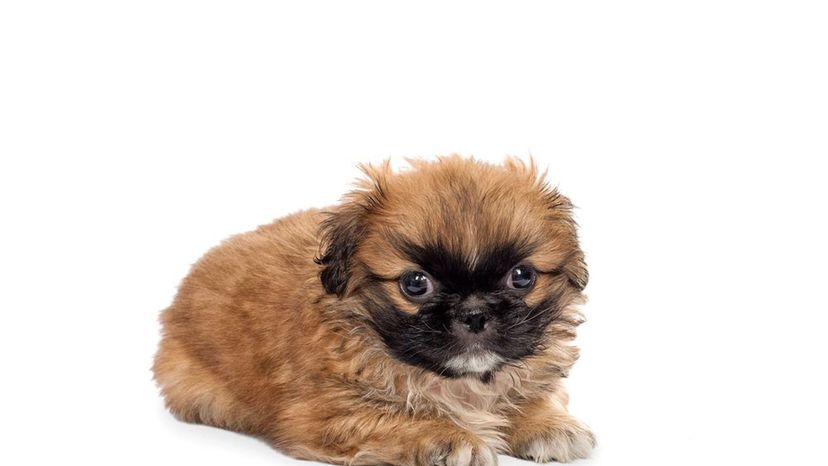
The tiniest Pekingese, barely tipping the scales at six pounds or less, are called "sleeves," because that's where their Chinese masters carried them. Bred only for one reason - to charm their owners - Pekes are masters at their job.

Papillons have exceptional attention spans and like to listen to their owners. When grown they'll watch you for extended periods, as long as you talk to them.
Advertisement
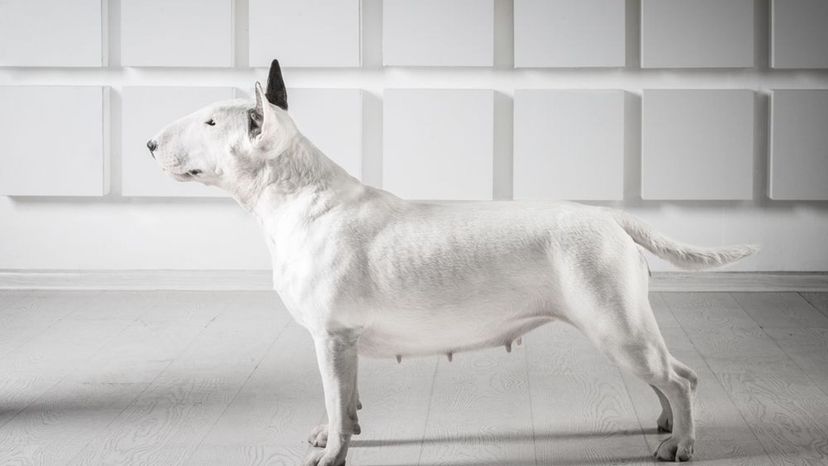
Bull Terriers like to be up close and personal with their owners, sitting on their lap, riding in the car with them, following them around the house. Their love of people is strong and enthusiastic.

Mini Schnauzers are quick to learn and want to please, but they can be stubborn. Lessons need to be upbeat and entertaining to keep their attention.
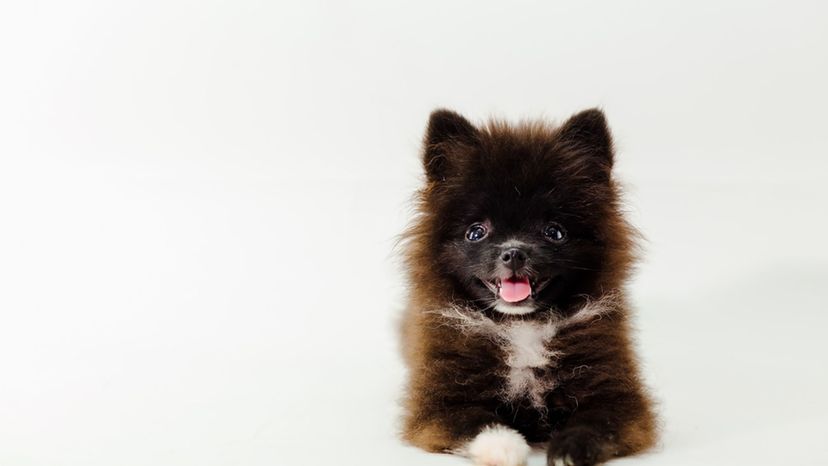
Pomeranians are busy most of the time, whether it's playing among themselves (for owners that have more than one) or following the family to see what's happening. They tend to "talk" a great deal, voicing their opinion about everything.
Advertisement
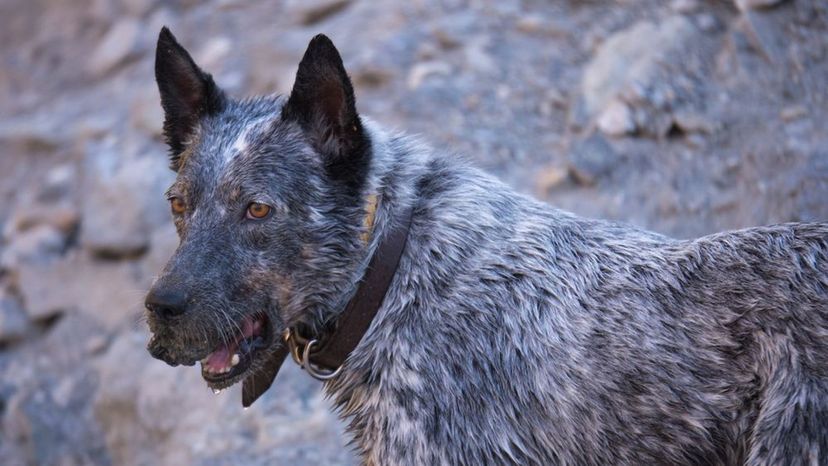
Australian Cattle Dogs are versatile enough to be a companion for everyone in the family and perform whatever activity they want to tackle, whether it's driving cows, jogging, or playing Frisbee in any weather. A handler of range cattle must be tough and courageous!
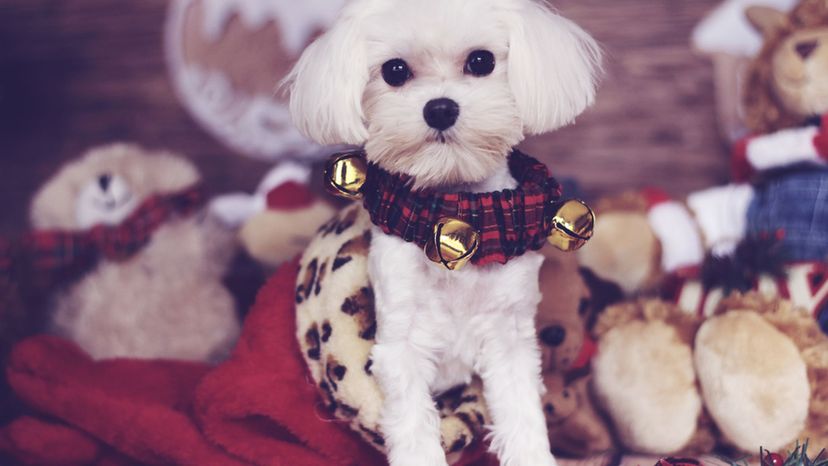
Little dogs like a Maltese have the same number of teeth as giants, and 42 teeth crowded into a tiny mouth equals dental problems! Frequent dental care is necessary for the Maltese breed.
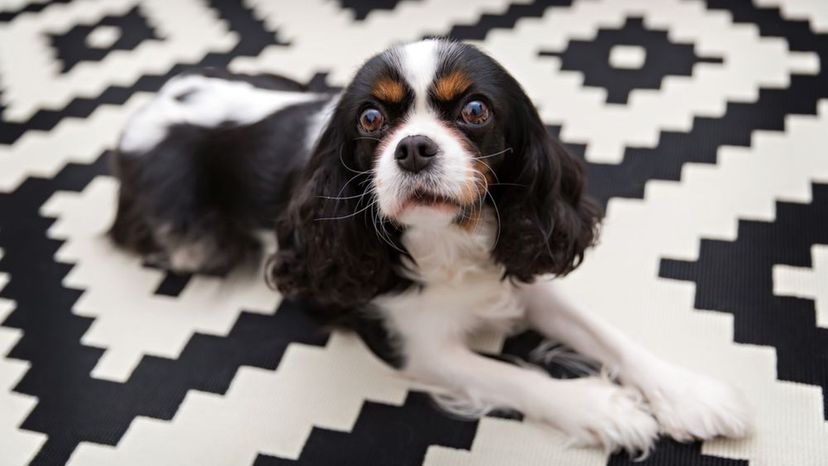
For a long-haired breed, Cavalier King Charles Spaniels are easy to care for. Compact enough to ride a city bus or fit under an airplane seat, they're good company for people who like to travel.
Advertisement
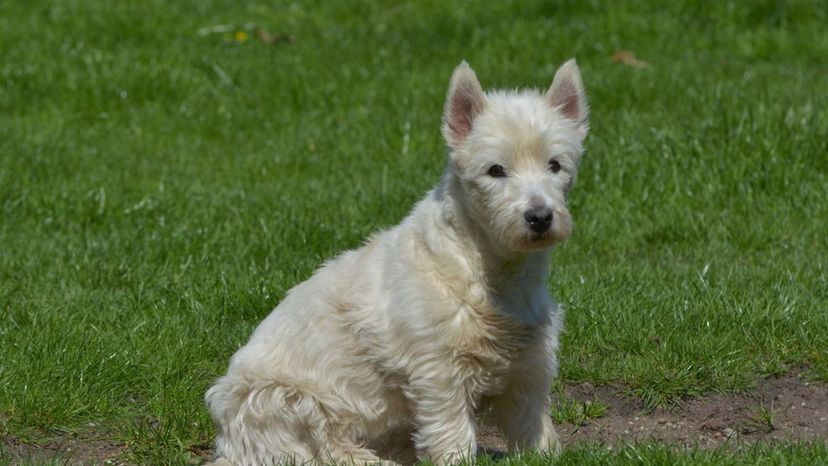
A happy-go-lucky dog, the West Highland White Terrier tries to climb to the top of the pack but mixes well with other dogs and household cats. They love digging in the dirt and getting dirty.
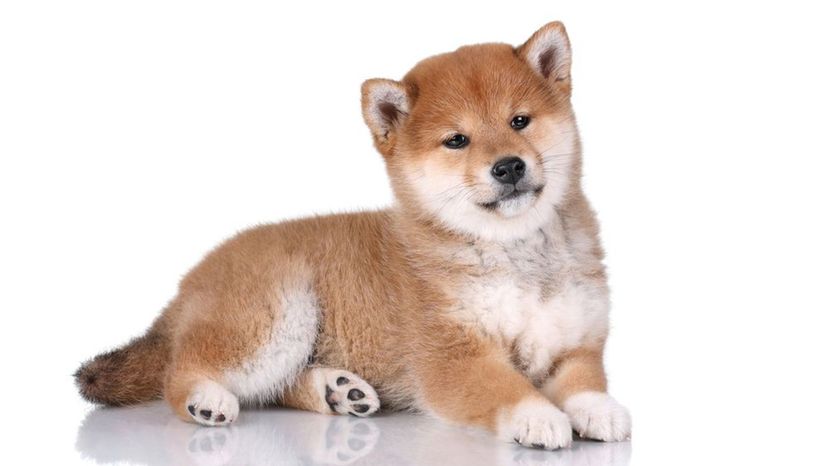
Not a cuddly dog, the Shiba Inu is catlike and aloof with strangers. Shibas keep themselves clean and require little grooming except during the intense shed.

The Golden Retriever is a "megadog," with lots of hair, lots of energy, and lots of love. They also require lots of food. Vets say Goldens will eat themselves into blimps. Measured meals rather than self-feeding keeps them trim.
Advertisement
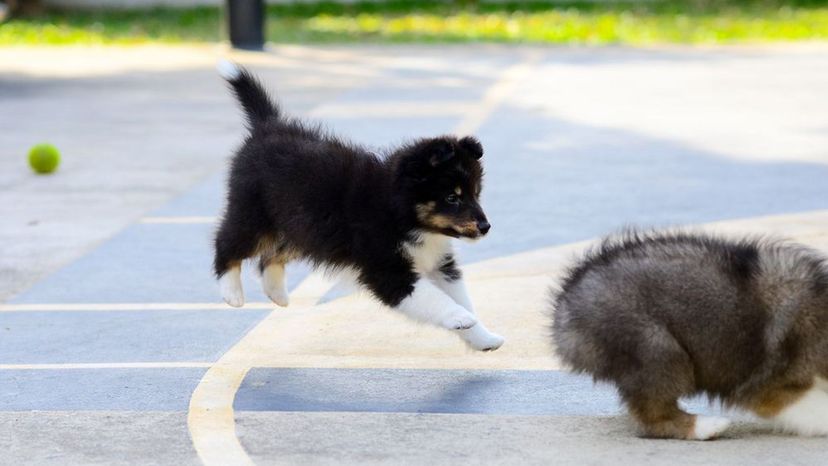
Despite their gentle nature, many Shetland Sheepdogs are determined herders. Usually they're worked with sheep or fowl. When excited or lonely, they can be barky.
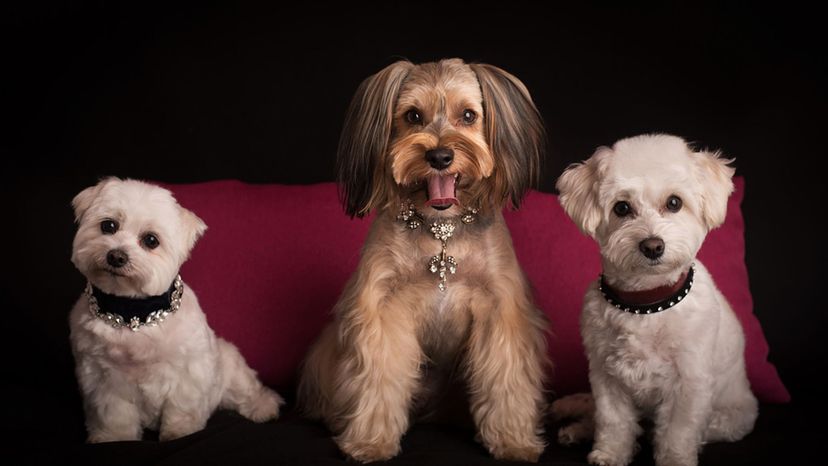
The Havanese is a charming, open-hearted breed. They're soft-natured, and their feelings can be hurt. Yet, they are courageous and fearless in the face of danger. They're great kid dogs because they adore little people and can play for hours.
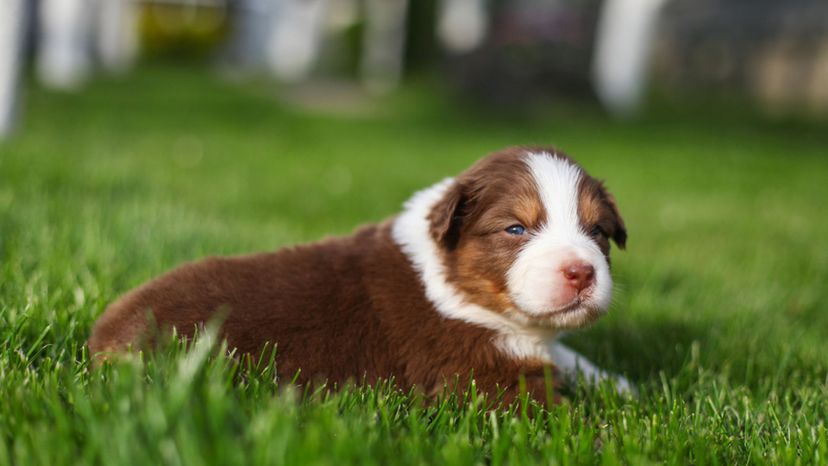
The Australian Shepherd will try to herd anything with legs, including kids, adults, and other animals. As long as other animals don't mind being herded or bossed around, Aussies generally mix well with them.
Advertisement
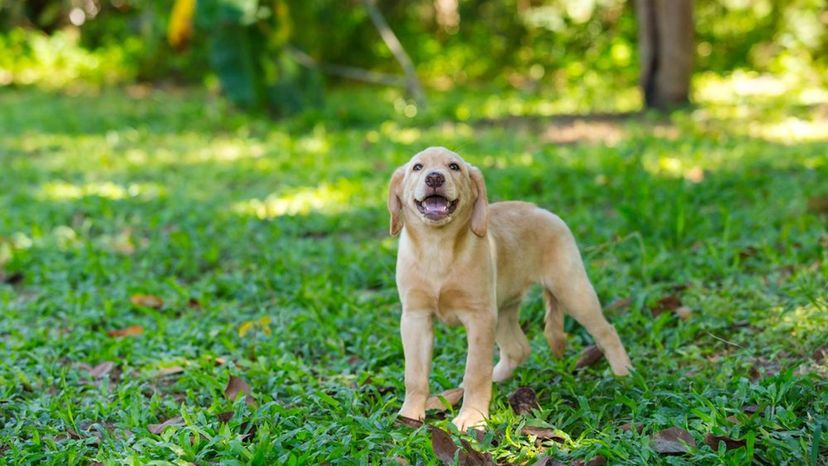
The Lab's powerful tail, called an "otter tail" because of its tapered shape, propels the dog in water and wags frequently on land. This habit can be damaging to unprotected shins and lethal to nearby knick-knacks. The oily coat sheds water - one good shake and the lab is nearly dry.
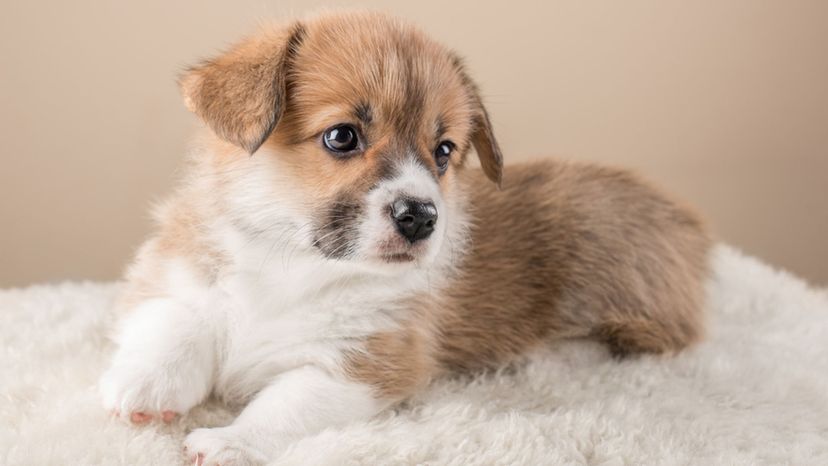
The Pembroke version of the Corgi is a tad smaller, with a bit less length than its Cardigan cousin. Their hair also is a smidge shorter and finer, but shedding is just as profuse. Ears are more upright and pointed. They also have no tail!
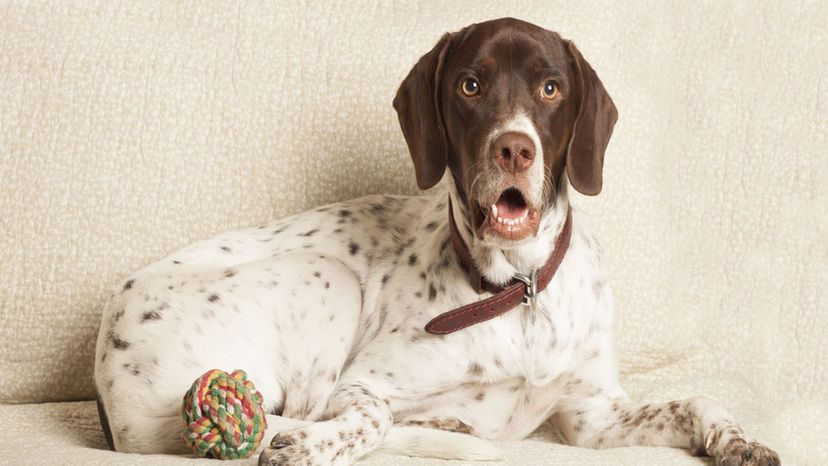
Field Pointers are totally dedicated to hunting and will hunt themselves to death if allowed. They have two passions: birds and food.
Advertisement

With their small size and quiet lifestyle, Pugs are good apartment dogs. Although not athletic, they're hardy enough to enjoy a stroll around a country estate or a jaunt through the park.
